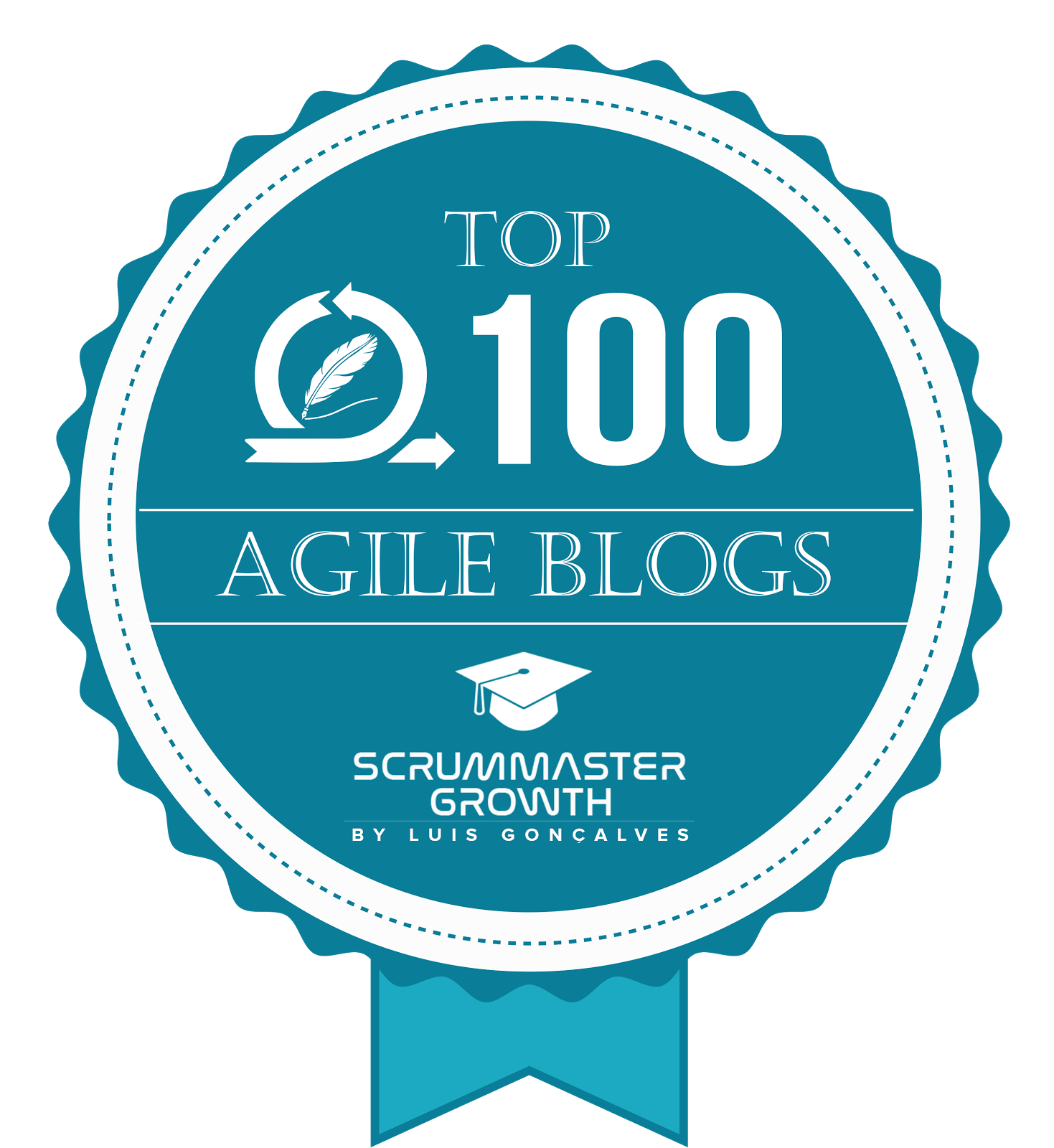- AI-Native Training
- SAFe Training
- Choose a Course
- Public Training Schedule
- SAFe Certifications
- Leading SAFe
- Implementing SAFe
- Advanced SAFe Practice Consultant
- Leading SAFe for Government
- SAFe Lean Portfolio Management
- SAFe Release Train Engineer
- SAFe for Hardware
- SAFe for Architects
- Agile Product Management
- SAFe Scrum Master
- Advanced Scrum Master
- SAFe DevOps
- SAFe Product Owner/Product Manager
- SAFe Agile Software Engineering
- SAFe for Teams
- SAFe Micro-credentials
- Agile HR Training
What is the Role of a Technical Lead on a SAFe Agile Team
If you look at the Agile Team guidance in SAFe, you won't find a Technical Lead listed as one of the speciality roles (i.e. Scrum Master and Product Owner). That said, a Tech Lead or Lead Engineer is a construct we have found to be a valuable addition to a technical agile team (e.g. software, firmware or hardware-centric team). We see this as the logical extension of the SAFe System Architect, in the same way that Product Owners are the team-level representation of Product Management. The benefits of including this role are two-fold: it provides a career path for developers and ensures technical leadership for newly formed teams.
The first time I added Tech Leads to agile teams, we were trying to address both of these problems. We had newly formed stream-aligned teams that were expected to design and deliver end-to-end solutions. We also had team members who came from regions of the world where being “promoted” to a “Project Manager” was seen as career progression and “success” by their friends and family. We were losing good developers to Project Management roles on this basis. We found the creation of the Lead Engineer/Tech Lead role addressed both challenges.
What Does a Technical Lead Do?
It is important to understand that the Tech Lead is not the person who hands out tasks to team members, nor are they responsible for reviewing every team member's code and checking it in. Rather, they are the trusted source of technical guidance within the team.
A Tech Lead is not a manager; they are a member of the Agile Team and contribute to delivery and provide help and mentorship to their teammates. We would not expect (nor recommend) team members to have an HR reporting line to their team's Tech Lead.
Technical Leads help their teams in numerous ways. They:
- contributes to the architectural direction for their team’s Features,
- lead discussions with the team about design and the technical decomposition of the work,
- ask questions and sense-check ideas, thereby challenging the team,
- remove technical blockers,
- pair with new developers to get them up to speed,
- champion technical excellence and best practices,
- shares articles, advice, ideas and theories to support the team's technical growth and;
- influences without direct authority.
We expect Tech Leads to help the System Architect(s) define the architectural runway through solutioning Features and Epics. The Tech Leads usually form a Community of Practice (a.k.a. Chapter) with the System Architect(s). This creates space for peer review of solution designs, the identification of skill gaps across the teams, and creates opportunities for upskilling.

What Are the Attributes of a Good Technical Lead?
Tech Leads should be people who are already respected for their craftsmanship in the domain. Often, these folks are the people who used to code and got “promoted” to a non-coding role. To be effective Tech Leads, they will need to knock some rust off their coding skills and contribute to burning down the team’s backlog by writing code. Of course, given the scope of the Tech Lead, we only plan for them to spend 50% of their time coding. (This should be factored into the team's capacity at PI Planning and Iteration Planning).
Time management skills are an essential attribute of a successful Technical Lead. Those without this skill will drown under the weight of the role, and coding time will often be the first thing sacrificed. Learning to delegate is key if you are to avoid the Tech Lead becoming a bottleneck for the flow of value delivered by the team. Scrum Masters can provide support here by highlighting opportunities to share the load. Agile is a team sport. Sometimes, Tech Leads need to be reminded of this. No matter how good they are, a team will always outperform an individual, and teaming helps prevent burnout.
One benefit you should get from implementing SAFe and forming ARTs is quality solutions. Whilst this is everyone's responsibility, Technical Leads play an important role. Built-in-Quality is part of the Team and Technical Agility competency in SAFe. This is not about gold-plating the solutions; this is about how teams work. Tech Leads help the teams understand what it means to build quality into solutions within the specific organisational and technical context.
When looking for Technical Leads, people with the mindset and passion for XP practices would be a good choice. It is okay if they are not XP experts; instead, we are looking for people who are excited to learn and, more importantly, who would like to coach or mentor people to use XP. By way of contrast, a person who holds firmly onto “their part” of the codebase and won’t let anyone else touch it will not be the best choice. Similar to a Product Owner, a Tech Lead should explain what is required (from a technical perspective) and leave space for the team to figure out how to do it best.
The best Tech Leads partner with their team’s Product Owner and have a Customer-centric mindset. Tech Leads are responsible not only for the technical implementation of the product but also for quality and usability, in other words, the user experience. They keep the customer at the centre of the development process and let customer needs guide decisions. A Tech Lead with this mindset helps the team break larger pieces of work into smaller stories so that the value is clear and the outcomes can be naturally demonstrated for feedback.
Tech Leads should act as Lean-Agile Leaders within the team. They must trust their team and give them autonomy and guardrails to make decisions and create solutions on their own. When Tech Leads do not empower their teams, they will end up with less productive and less invested teams. Great Tech Leads enable great teams, and great teams are the foundations of great ARTs.
















